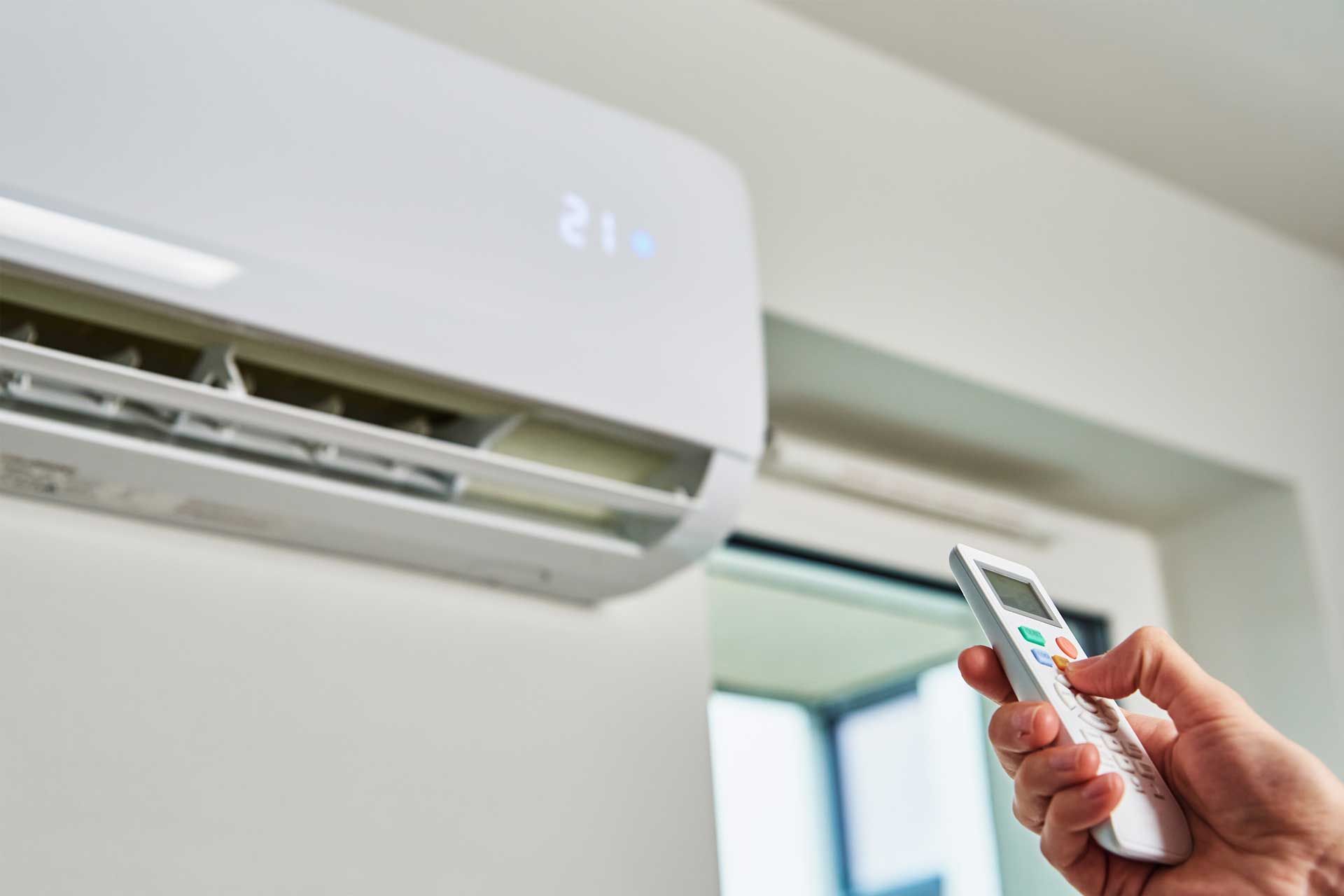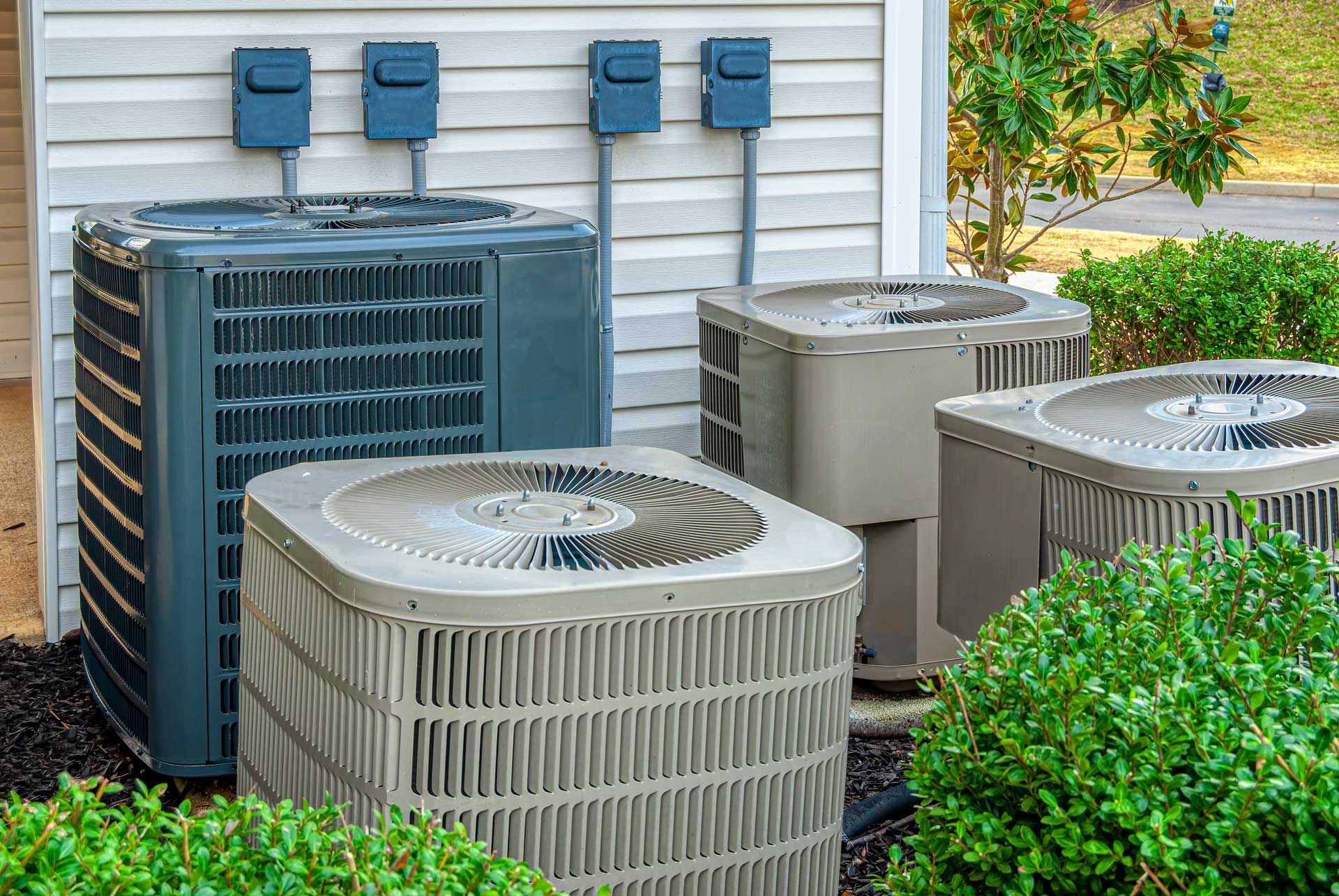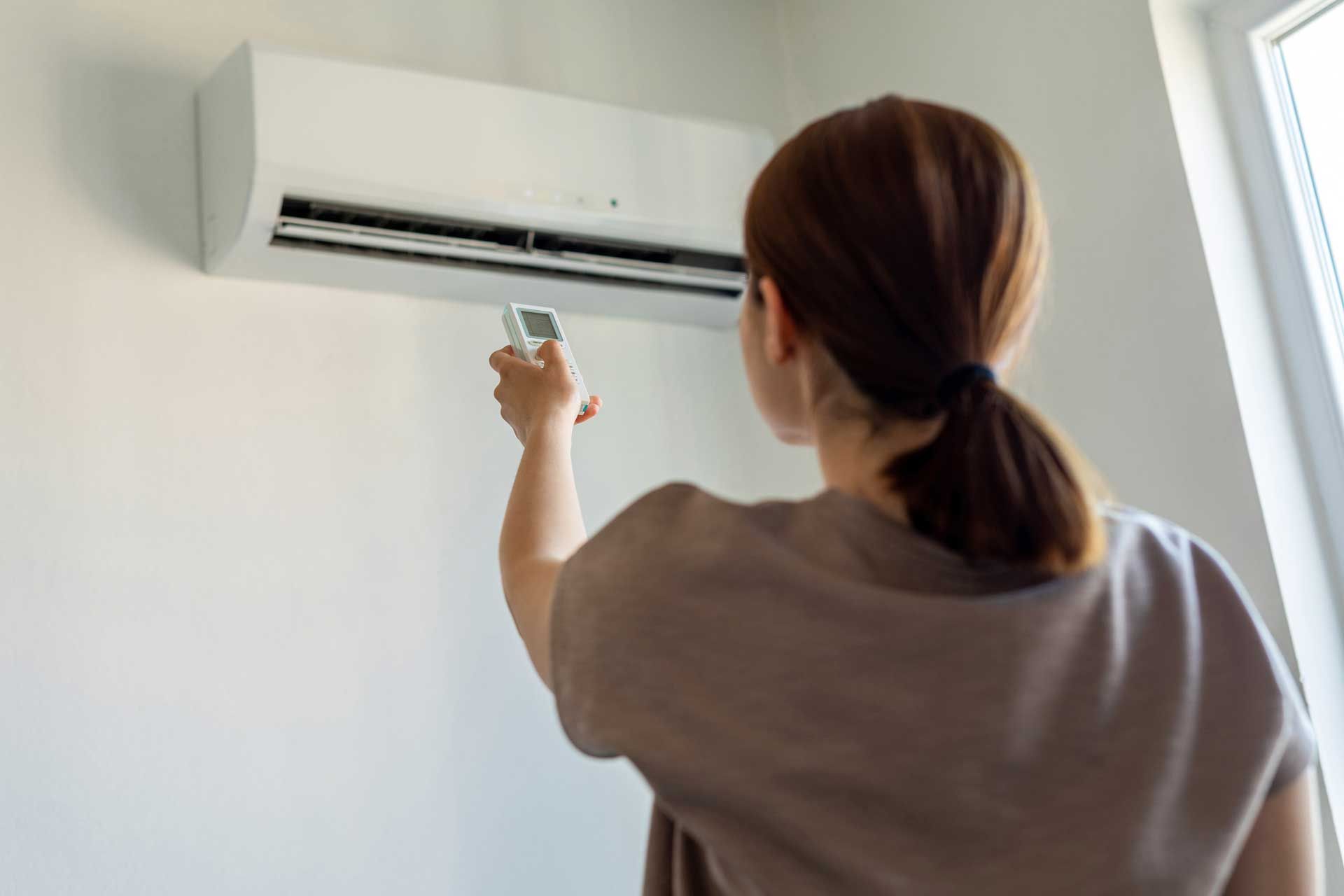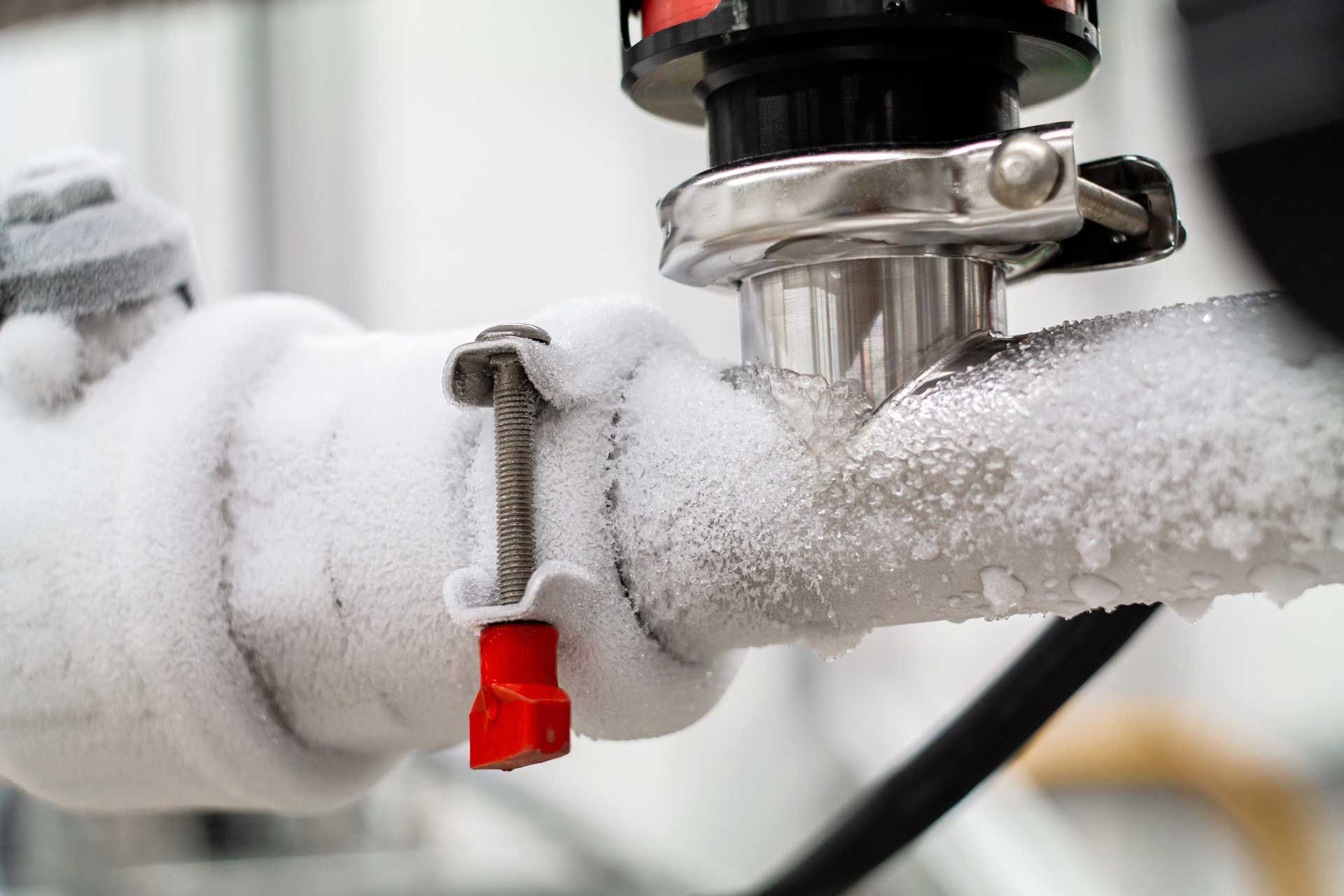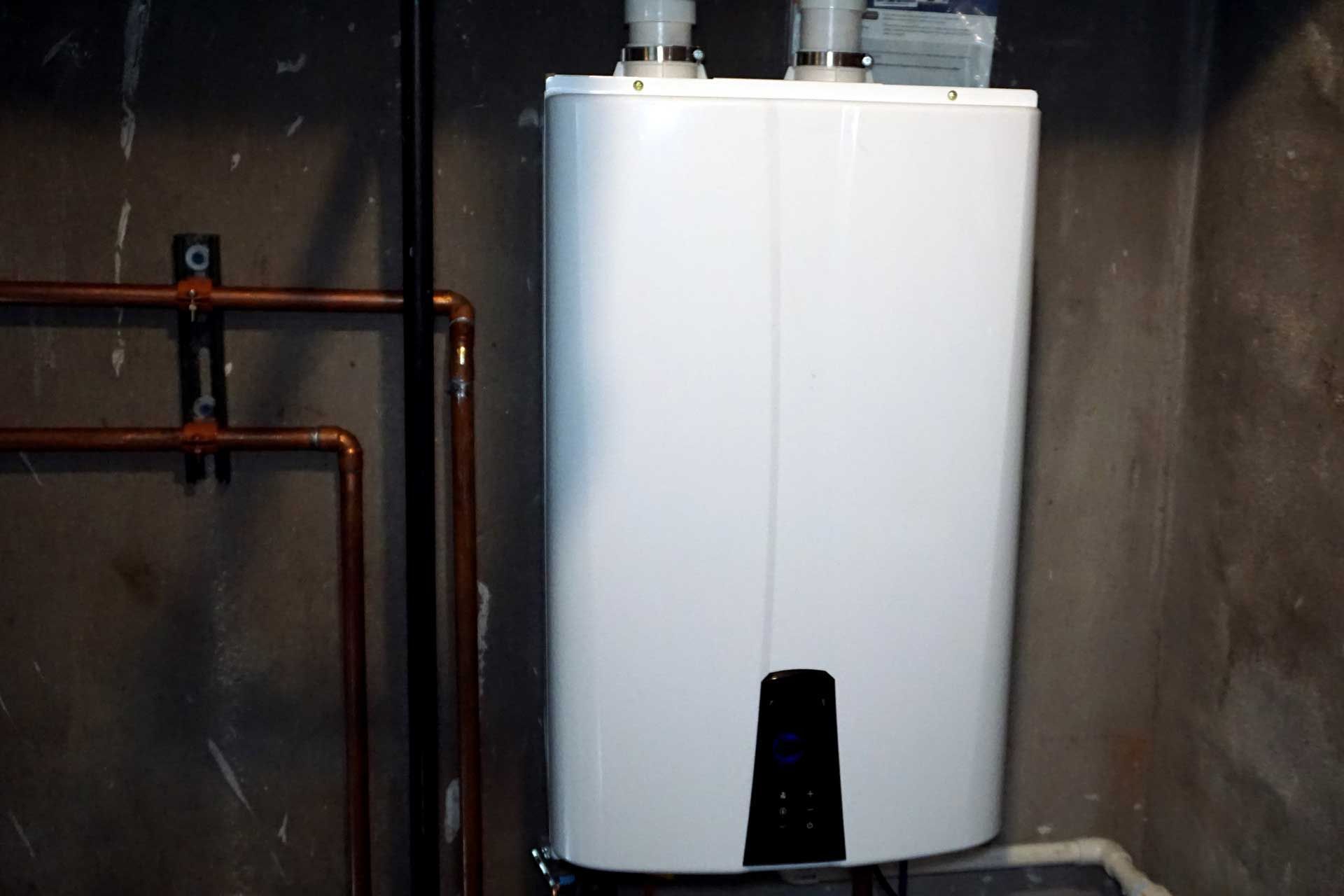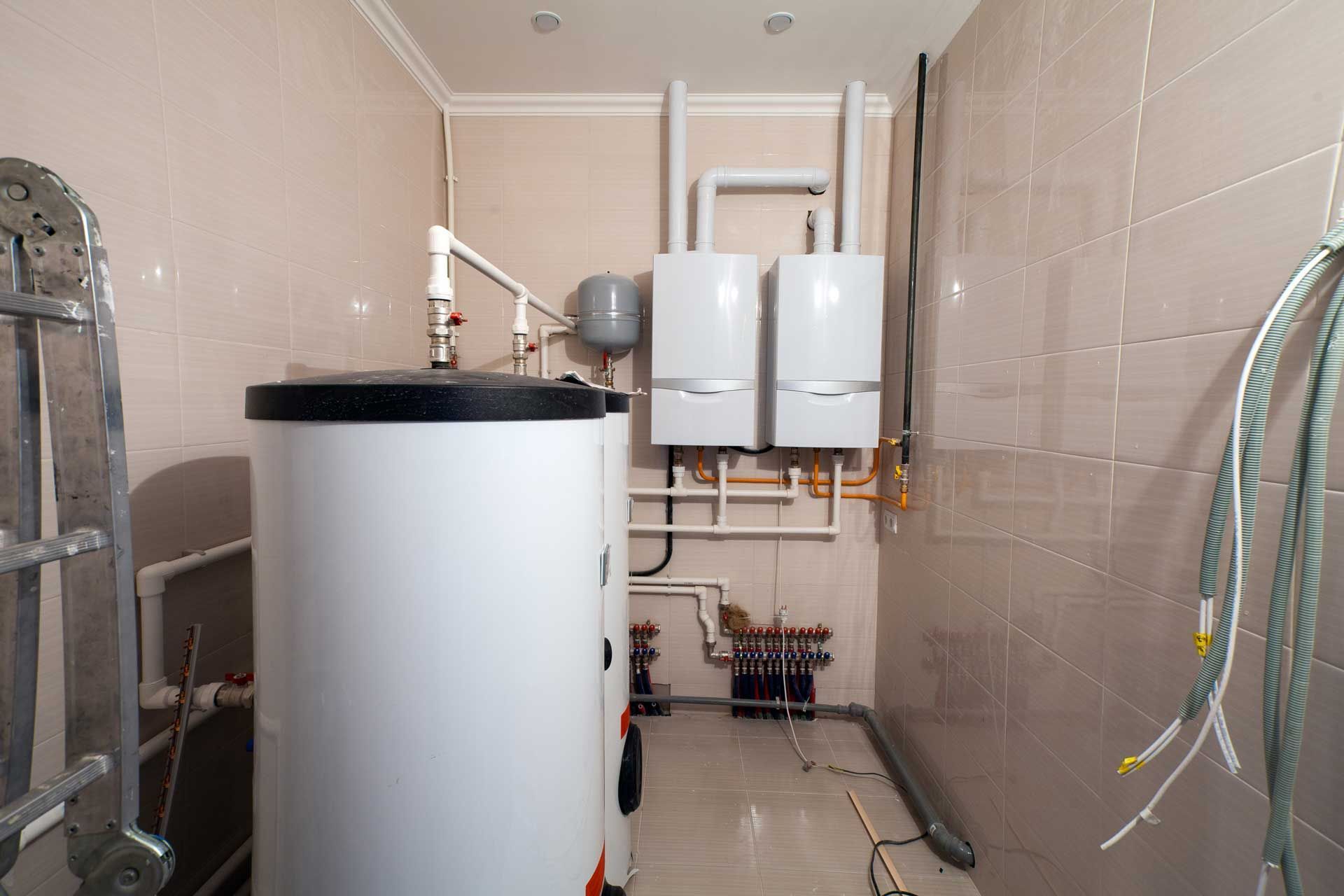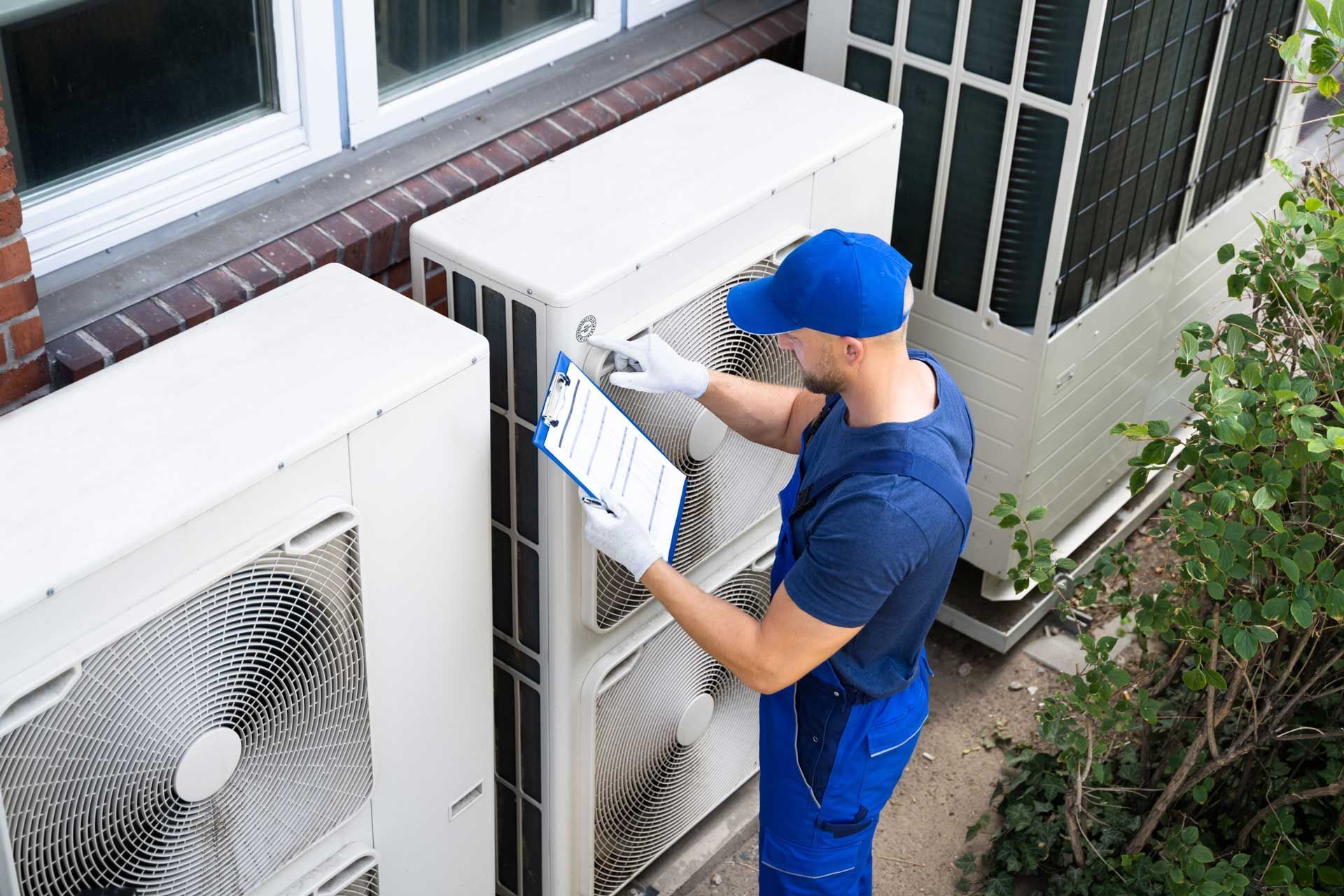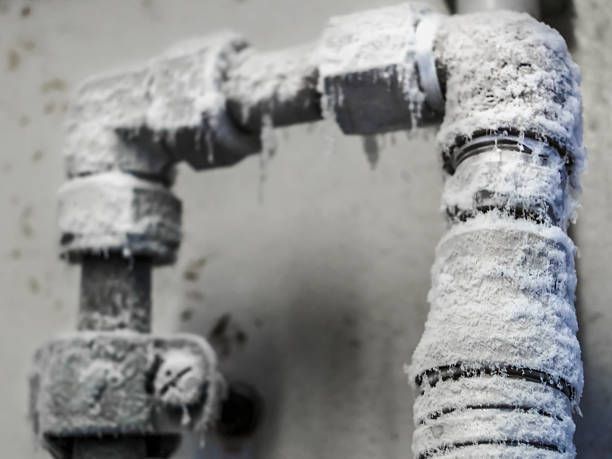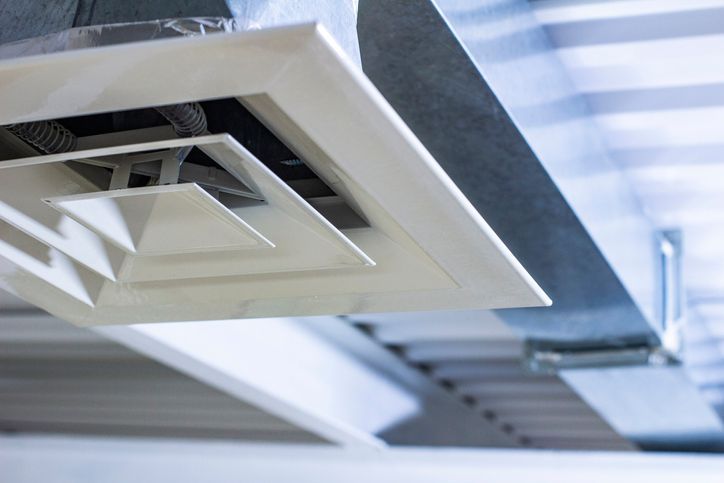gwpms@yahoo.com
3 Things to Know About ECM Furnaces
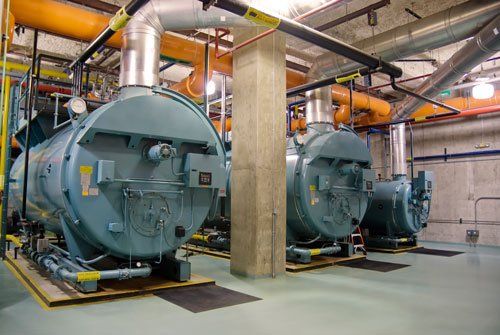
For many decades, furnace technology remained relatively stagnant, with few significant chances in the ways that residential furnaces worked. In recent years, however, the HVAC industry has seen numerous advances. While new technology has vastly improved potential furnace efficiency, it has also left many consumers confused about their home heating options. ECM furnaces rank among the most exciting advances in furnace technology. Unfortunately, few homeowners understand the benefits of ECM furnaces, let alone how they work. If you seek to broaden your knowledge of today's HVAC technology, keep reading. This article outlines three key things to know about ECM furnaces. 1. ECM Furnaces Differ Primarily in How They Distribute Heated Air In most regards, an ECM furnace functions much like a conventional furnace. The burner ignites a mixture of gas and air inside of the combustion chamber, which produces heat and exhaust. These hot combustion gases then flow into the heat exchanger, which facilitates the transfer of heat to the air of your home. An ECM furnace differs in how it distributes this heated air. A normal furnace uses a blower fan with two settings: on and off. Either the fan blows at full speed, or it does not blow at all. An ECM furnace, by contrast, can operate at virtually any speed in between the two extremes. This ability provides an extra degree of versatility and efficiency when it comes to distributing heated air. 2. ECM Furnace Fans Use a Different Type of Motor The blower fans found in conventional furnaces use a type of motor known as a permanent split capacitor, or PSC for short. As discussed above, a PSC motor can only operate in two modes, on and off. PSC motors, which run on alternating current, do not contain the internal controls necessary for varying the rotation speed of the motor. An ECM furnace, by contrast, contains an electronically commutated motor - hence the acronym ECM. Several different types of ECM motors exist, known alternately as ECM 2.3, ECM 2.5 and ECM 3.0. These motor types differ primarily in terms of their programming options, while sharing the same basic technological model. Unlike PSCs, ECM technology uses direct current. Generally speaking, direct current is inherently more efficient than alternating current. An ECM 2.3 motor boasts overall efficiency of around 80 percent. A PSC motor, by contrast, seldom exceeds 60 percent efficiency. In addition, direct current produces cooler operating temperatures, which limits motor wear and tear. 3. ECM Furnaces Increase Home Comfort Levels The more efficient nature of an ECM motor means that it will lower your operating costs as time goes on. Yet an ECM furnace delivers equally impressive benefits when it comes to your air quality and indoor comfort. The ability to regulate fan speed allows your blower system to optimize how it conditions and distributes heated air. For instance, ECM furnaces usually run their blower fan at 50 percent speed for approximately the first seven minutes of operation. This slower fan speed gives your system more time to circulate air inside of your home. A conventional furnace, operating at 100 percent fan speed, often raises your indoor temperature too quickly. As a result, indoor air quality often suffers. By running its blower at a slower speed, an ECM furnace gives indoor air more time to pass through your filtration system to remove potential allergens. Likewise, the slower circulation speed gives your system the time it needs to ensure optimal humidity levels. Ultimately, an ECM furnace saves money in operating costs and promotes better indoor comfort. For more information about whether an ECM furnace would make a good investment for your home, please contact our HVAC experts at Preferred Mechanical Services.
Quick Links
Business Information
Phone: 317-924-4042
Email: gwpms@yahoo.com
Address: 67 North 2nd Avenue Beech Grove, IN 46107
24-Hour Emergency Service
PC License #CP10100003
Our Location
